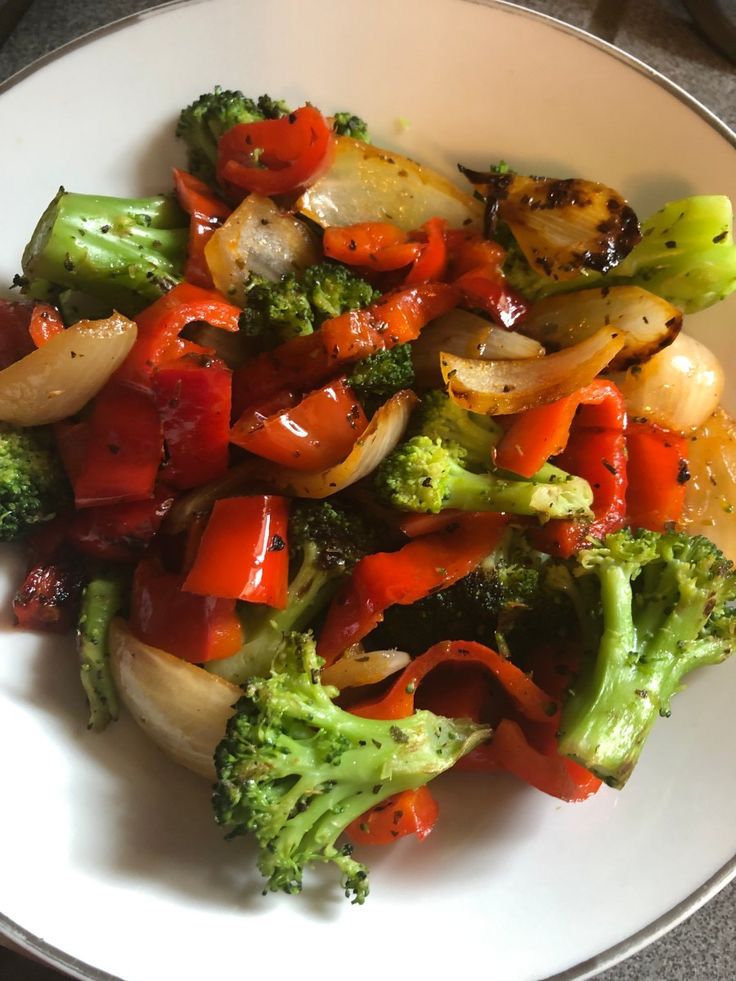The Ultimate Guide to Meal Planning: Save Time, Eat Healthier, and Stay on Track

Introduction
In today’s fast-paced world, making healthy food choices can be overwhelming. Meal planning is a powerful tool that can help you save time, reduce stress, cut down on food waste, and ensure balanced nutrition. Whether you're a busy professional, a student, or a nutrition coach guiding clients, mastering meal planning is a game-changer.
Let’s dive deep into why meal planning matters, how to do it effectively, and how nutritionists and dietitians can use it to support their clients.
🍏 Why Is Meal Planning Important?
Meal planning is more than just writing down meals for the week. It:
✅ Saves Time – No daily decision fatigue on what to eat
✅ Saves Money – Prevents impulse buying & reduces food waste
✅ Promotes Healthy Eating – Helps control portions and nutrient intake
✅ Supports Weight Management – Makes calorie & portion control easier
✅ Reduces Stress – Eliminates the “What’s for dinner?” panic
✅ Encourages Variety – Prevents repetitive meals & boredom
📝 Step-by-Step Guide to Meal Planning
1️⃣ Set Your Goals
Before you start planning, consider:
✔ Are you meal prepping for weight loss, muscle gain, or maintenance?
✔ Do you have dietary preferences or restrictions (e.g., vegetarian, gluten-free)?
✔ How many meals per day do you need to plan for?
✔ What’s your budget?
2️⃣ Plan Your Meals for the Week
💡 Balance is Key: Every meal should have:
✔ Protein (e.g., fish, chicken, beans, eggs)
✔ Healthy Fats (e.g., avocados, nuts, olive oil)
✔ Carbohydrates (e.g., whole grains, root vegetables)
✔ Fruits & Vegetables (aim for a variety of colours)
Example of a Balanced Weekly Meal Plan
| Day | Breakfast | Lunch | Dinner | Snack |
|---|---|---|---|---|
| Monday | Oatmeal with bananas & nuts | Grilled chicken, brown rice, steamed veggies | Stir-fried tofu & quinoa | Greek yogurt & almonds |
| Tuesday | Scrambled eggs with whole-grain toast | Beans & plantain | Baked fish & sweet potatoes | Apple & peanut butter |
| Wednesday | Smoothie with spinach, banana & protein | Jollof rice with grilled turkey & coleslaw | Okra soup & fufu | Hummus & cucumber sticks |
| Thursday | Avocado toast & boiled eggs | Egusi soup with wheat swallow | Grilled salmon & roasted plantains | Handful of cashews |
| Friday | Pancakes with fruit | Yam porridge with vegetables | Chicken stir-fry with brown rice | Dark chocolate & walnuts |
📌 Tip: Make meals interesting by using different seasonings, sauces, and cooking methods.
3️⃣ Create a Grocery List
Once your meals are planned, list out only what you need to prevent overspending.
🛒 Sample Grocery List for a Healthy Week
✅ Proteins: Chicken breast, fish, tofu, eggs, beans
✅ Carbs: Brown rice, plantain, sweet potatoes, oats
✅ Veggies: Spinach, carrots, tomatoes, bell peppers, onions
✅ Fruits: Bananas, apples, oranges, berries
✅ Healthy Fats: Avocados, nuts, olive oil, seeds
✅ Spices & Condiments: Garlic, ginger, curry powder, black pepper
📌 Tip: Shop with a full stomach to avoid impulse buying!
4️⃣ Meal Prep Like a Pro
Once you have your groceries, set aside a few hours to prep meals in advance.
👩🍳 Meal Prep Strategies:
✔ Batch Cooking: Cook large portions & store for later
✔ Pre-Chopping: Chop veggies ahead for quick cooking
✔ Portioning: Use containers to separate meals
✔ Labeling: Write dates on stored meals to track freshness
🧊 Storage Tips:
- Keep cooked meals in airtight containers
- Refrigerate meals for up to 4 days
- Freeze meals for up to 3 months
💡 Meal Planning Hacks & Tips
1️⃣ Stick to the 80/20 Rule
- 80% whole, nutrient-dense foods
- 20% fun & flexibility (enjoy your favourite treats in moderation!)
2️⃣ Embrace Theme Nights
Having theme nights makes planning easier!
📌 Examples:
- Meatless Monday: Plant-based meals
- Traditional Tuesday: Local Nigerian meals
- Stir-Fry Wednesday: Quick wok-based meals
- Try-Something-New Thursday: Experiment with a new dish
- Fish Friday: A seafood-based meal
3️⃣ Cook Once, Eat Twice
- Grill extra chicken for dinner & use leftovers for lunch
- Make a big pot of soup & freeze portions
4️⃣ Have Emergency Meals Ready
Keep quick, nutritious options on hand for busy days:
- Boiled eggs + whole grain crackers (Jacob's crackers)
- Greek yoghurt + nuts
- Pre-cooked brown rice + canned tuna
🎯 How Nutritionists & Dietitians Can Use Meal Planning in Practice
As a nutrition professional, meal planning can help you:
✅ Educate clients on portion control & balanced nutrition
✅ Develop meal plans tailored to health goals
✅ Teach food budgeting & shopping smartly
✅ Encourage diverse diets for optimal health
✅ Create practical solutions for different lifestyles
📌 Pro Tip: Offer custom meal plans to clients based on their dietary needs!
🌟 Final Thoughts
Meal planning simplifies healthy eating and helps build long-term habits that support overall well-being. Whether you're meal prepping for yourself or guiding clients, using these strategies will save time, reduce stress, and promote better nutrition.
💡 What’s your favourite meal-planning hack? Share your tips in the comments on the community tab!
✨ 📌 TGNC – Empowering Nutritionists, Transforming Lives. 💚

